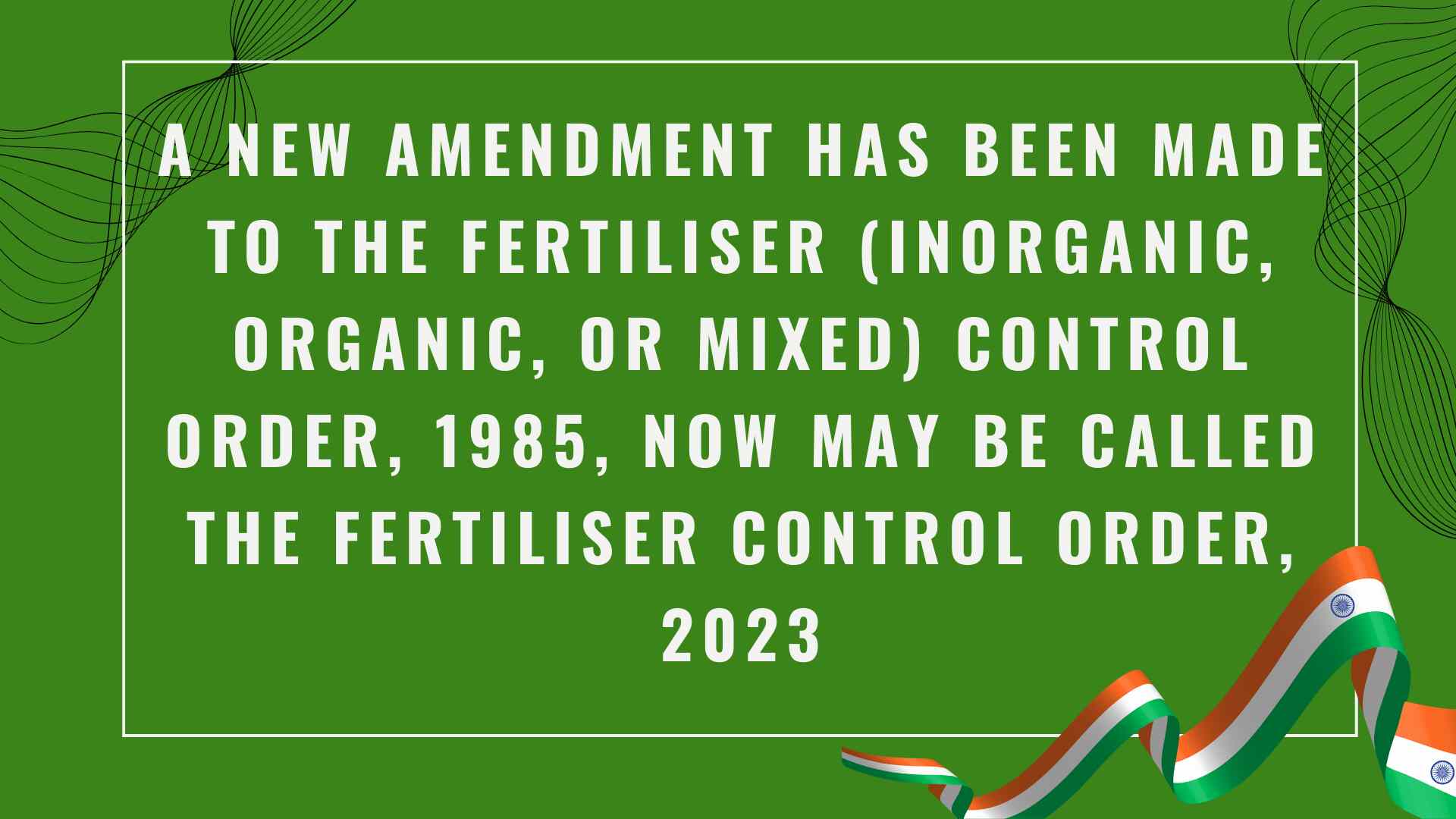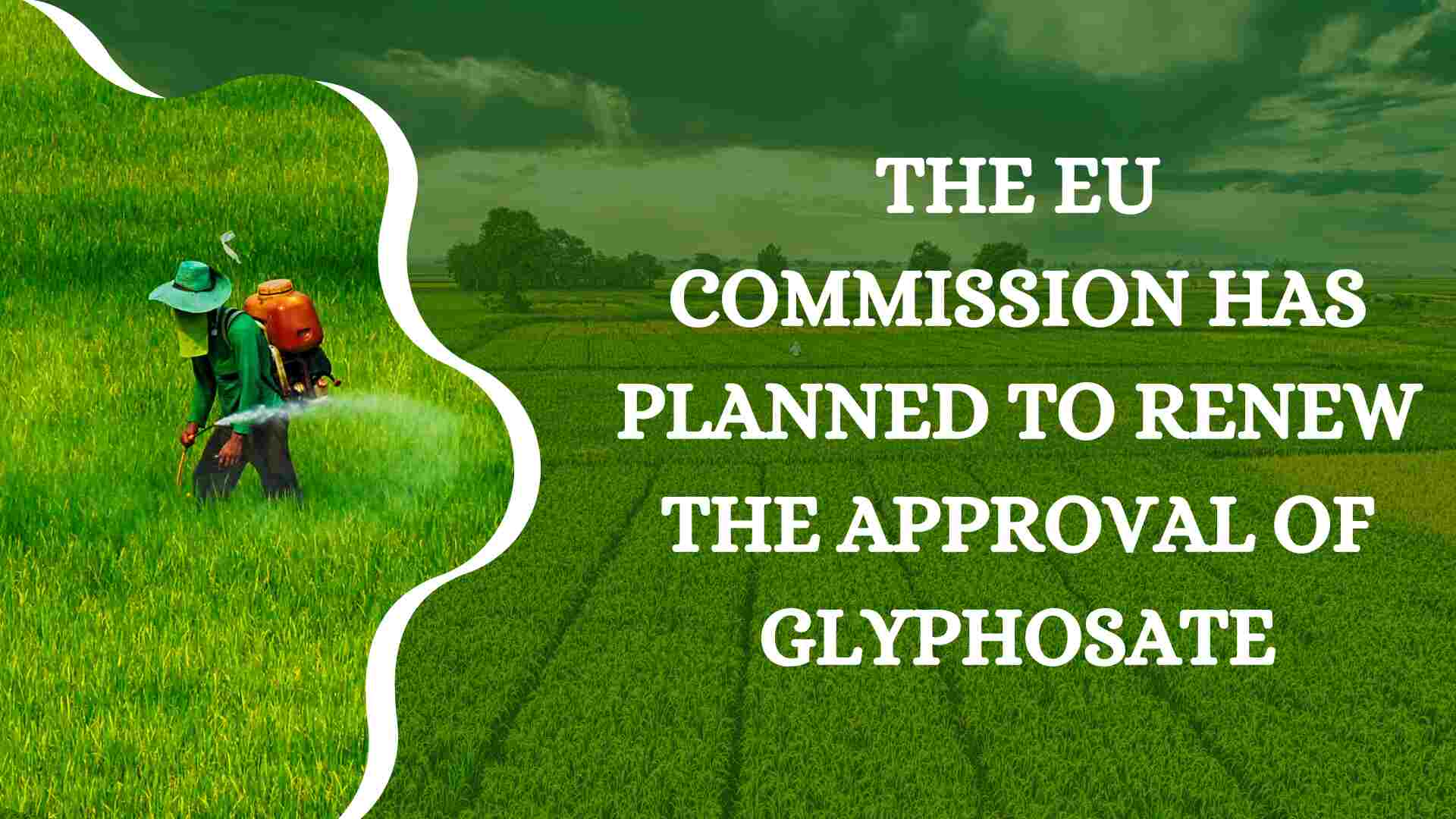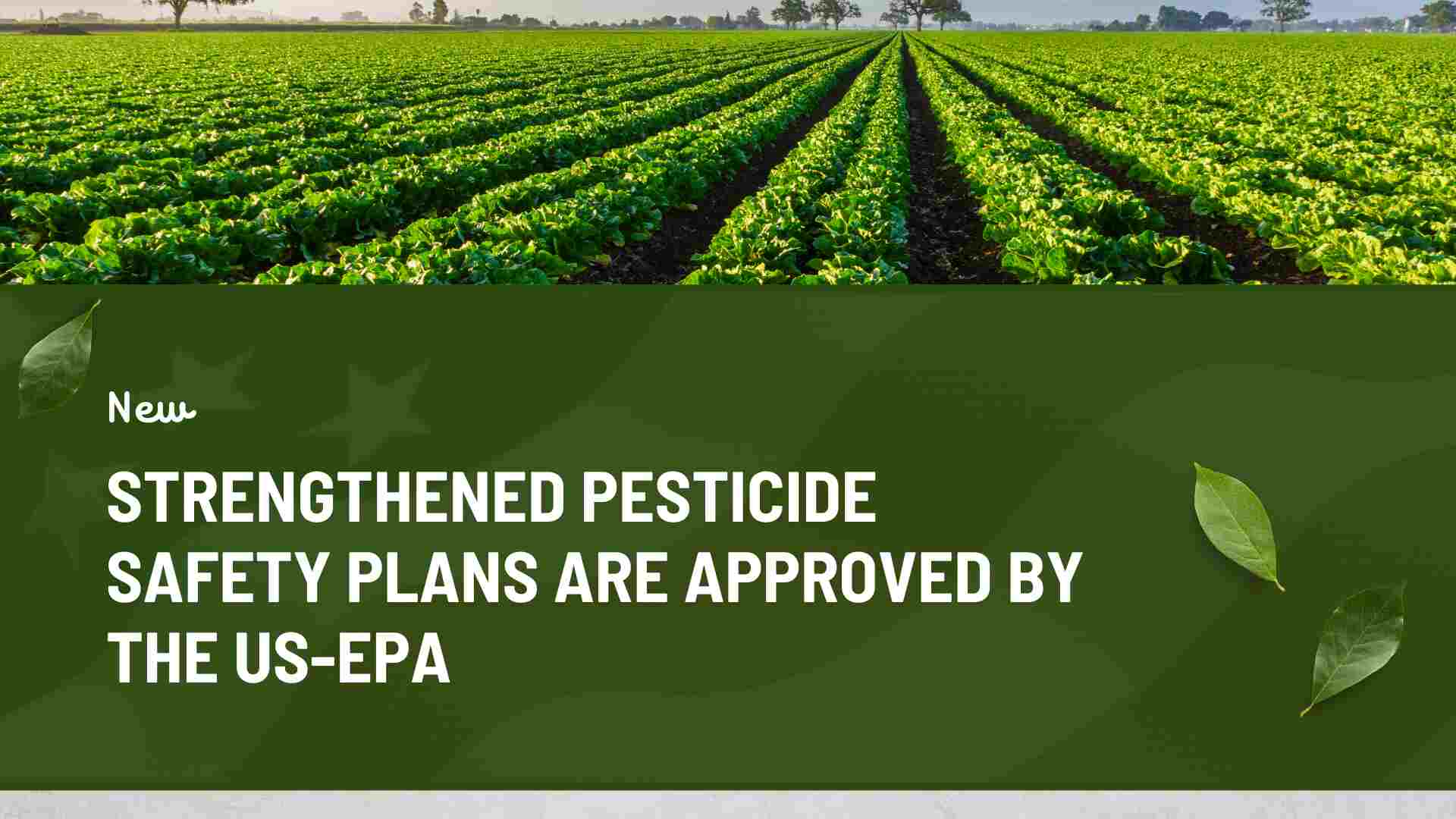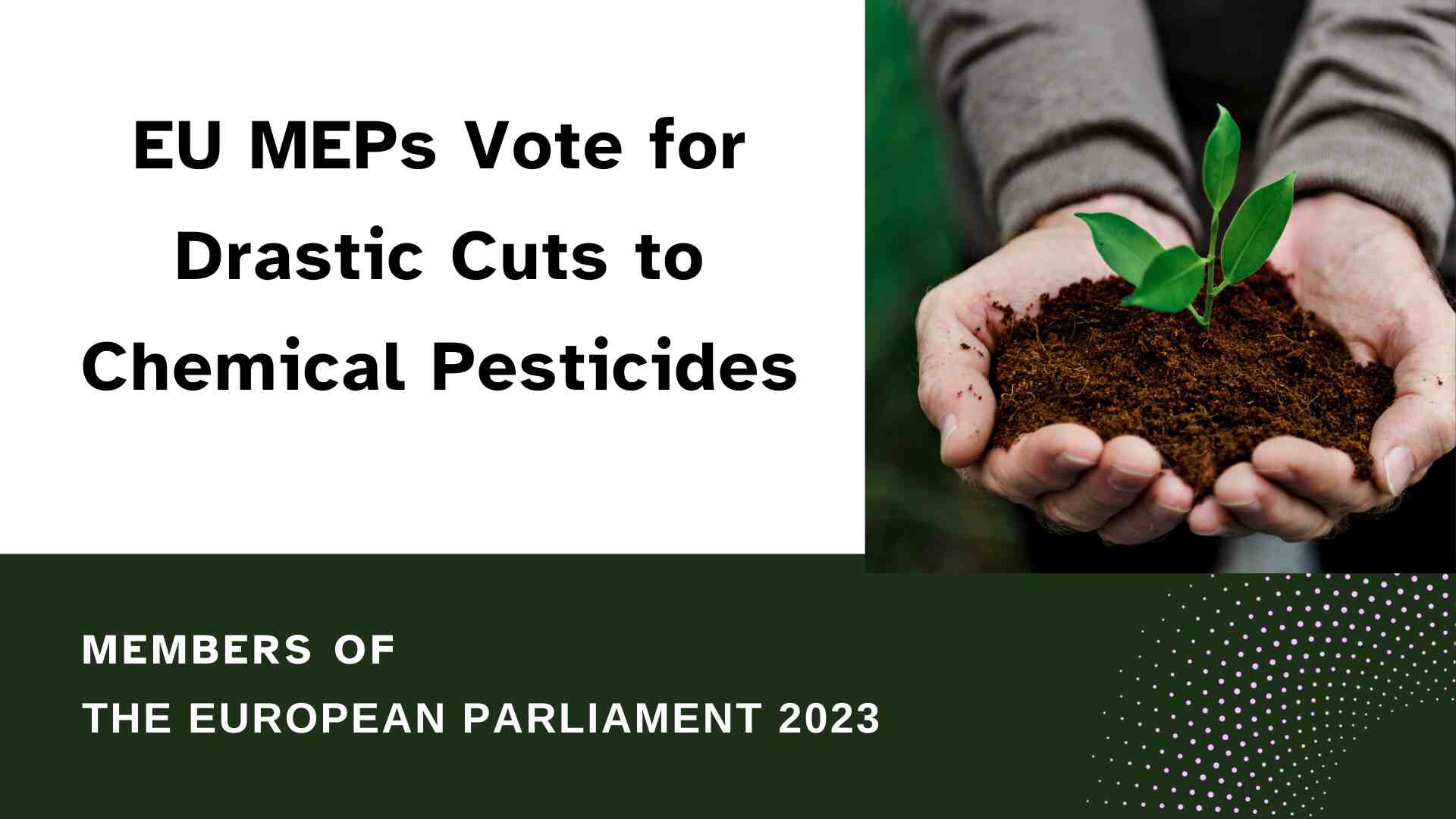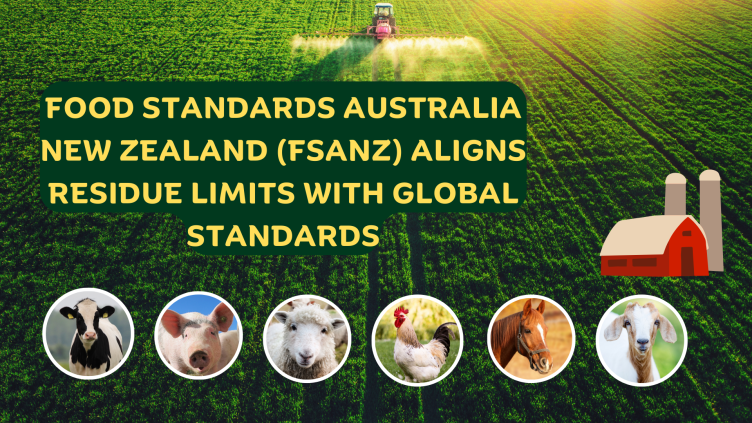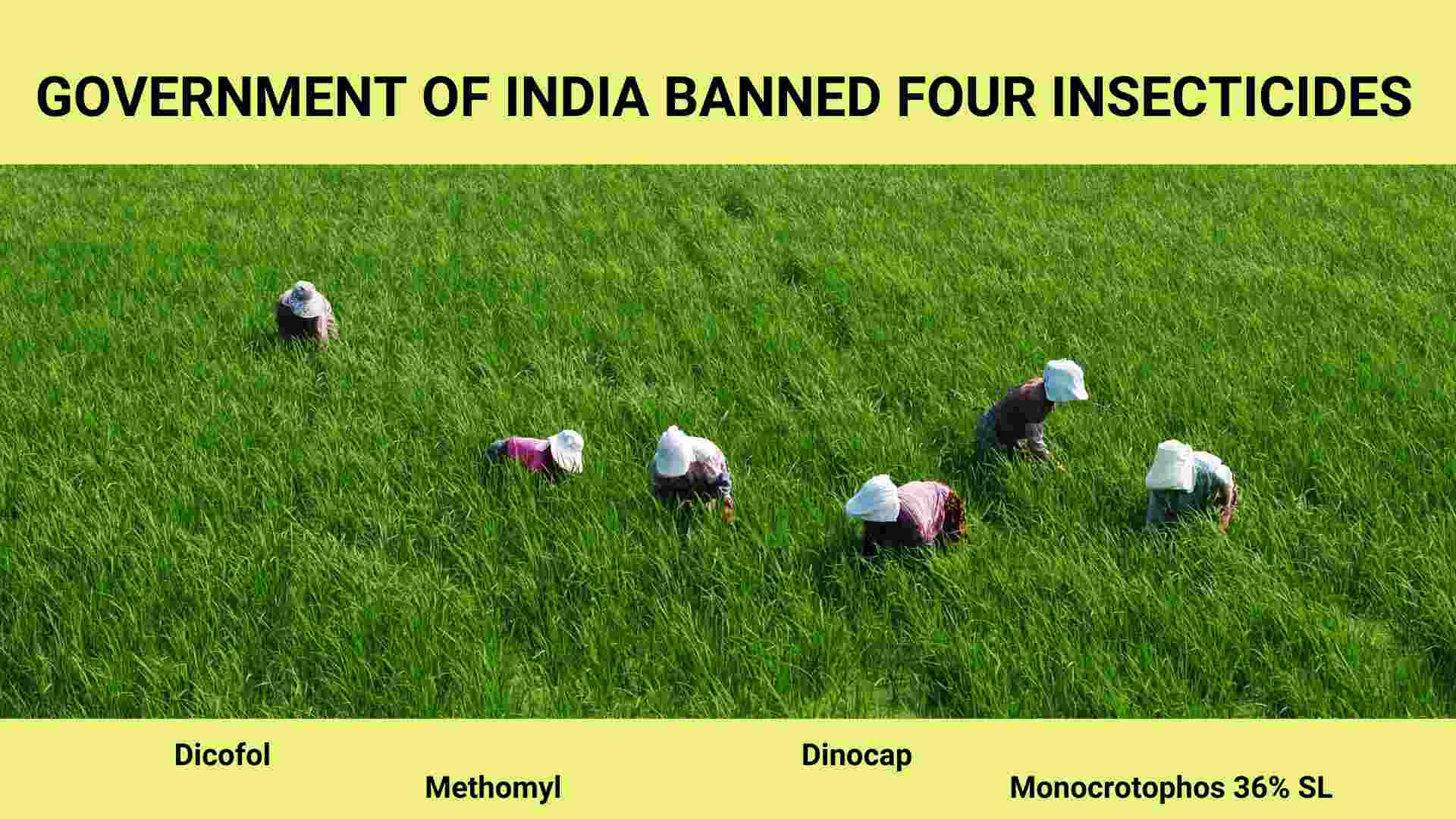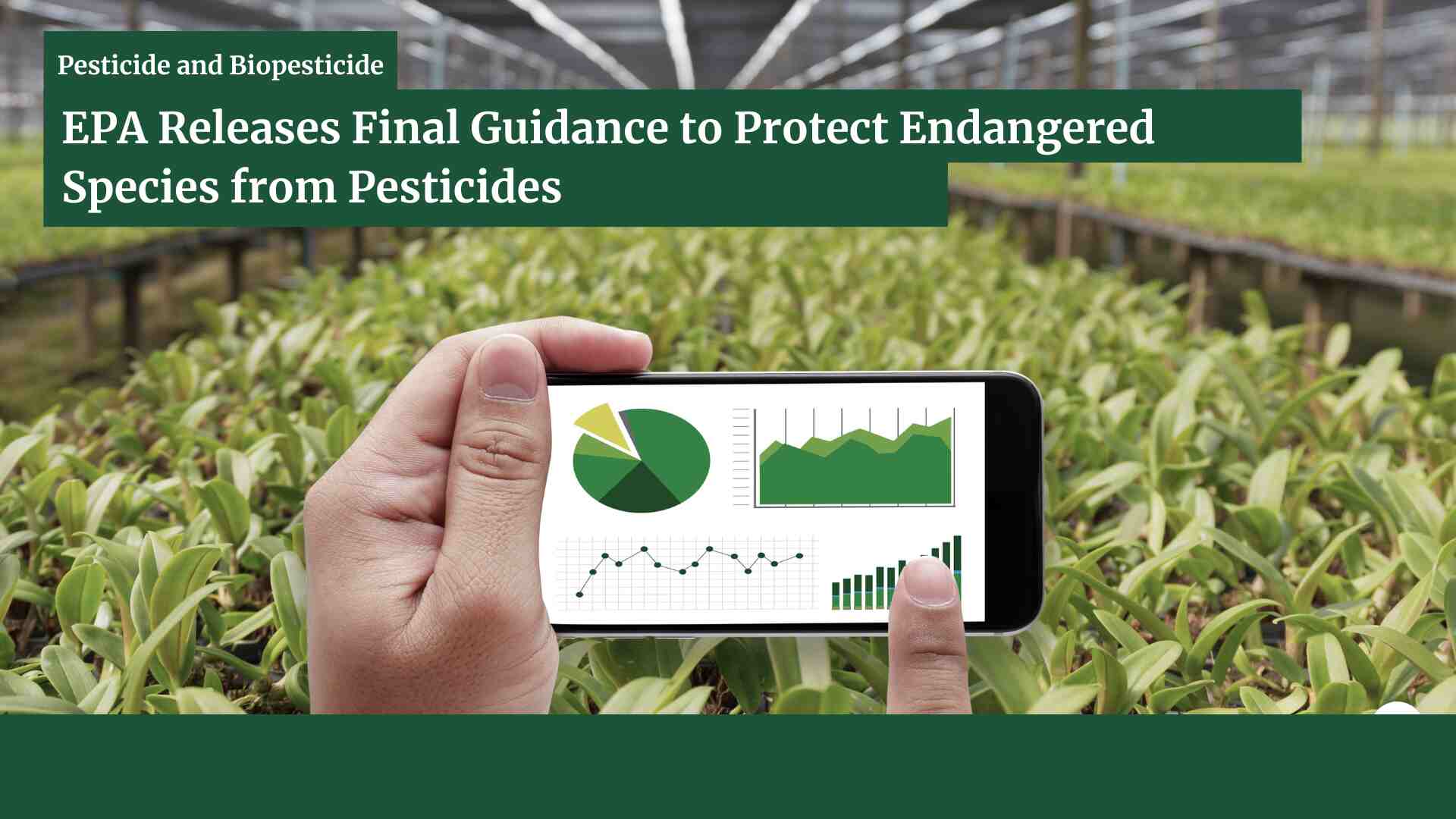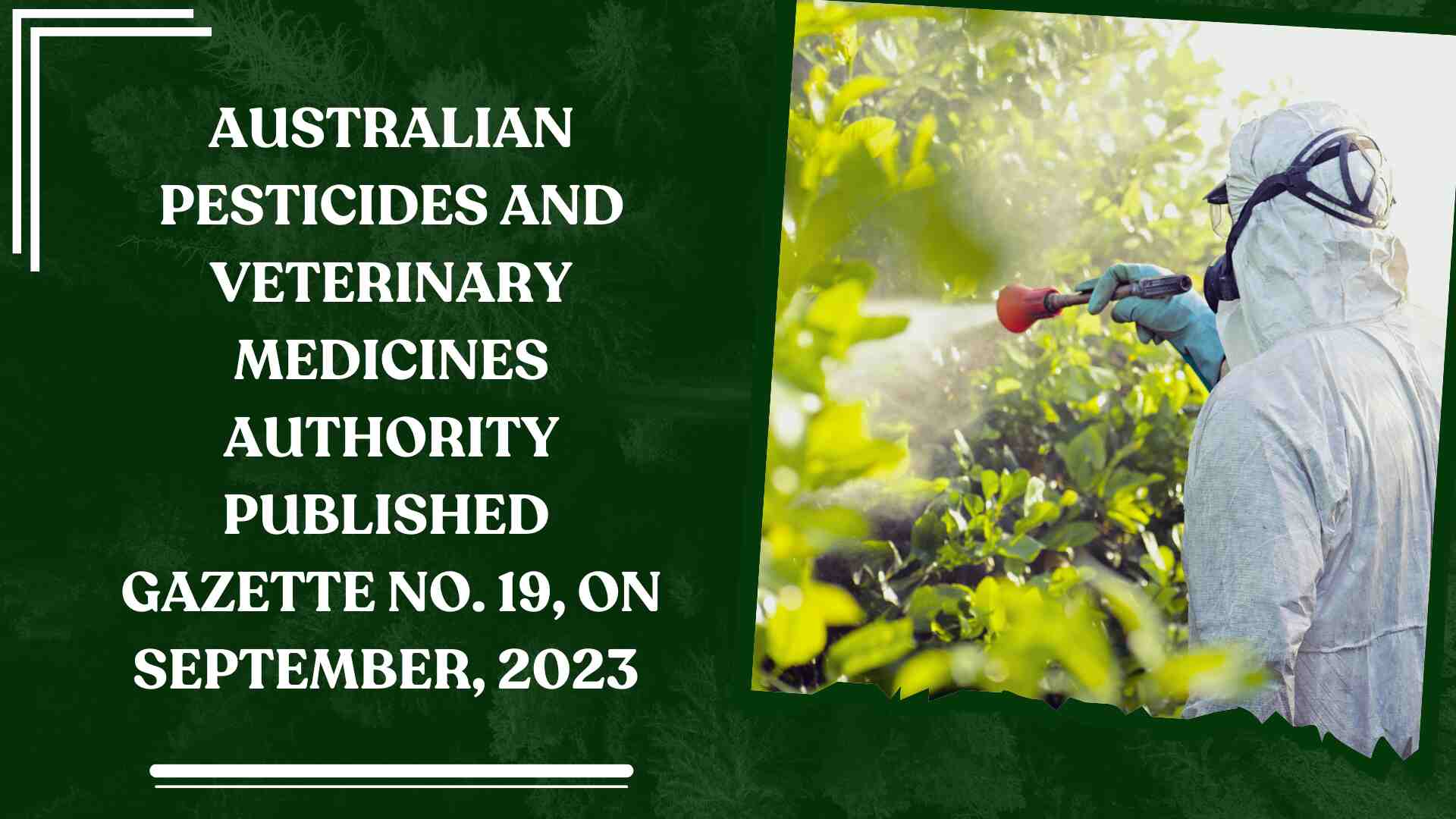A new amendment has been made to the Fertiliser (Inorganic, Organic, or Mixed) Control Order, 1985, now may be called the Fertiliser Control Order, 2023. The government has amended the Fertiliser (Inorganic, Organic, or Mixed) Control Order, 2023, in a significant development aimed at regulating the fertiliser industry. This amendment, which is expected to bring […]
The European Commission has planned to ‘renew the approval of glyphosate’, the active ingredient in the popular herbicides for a period of 10 years, in accordance with EU legislation and in the absence of the required majority among member states. Regardless of concerns about the herbicide’s potential link to cancer, the decision is subject to […]
The US Environmental Protection Agency (EPA) announced the final approval of 67 updated plans for certifying applicators of ‘restricted use pesticides (RUP)’. The announcement allows all U.S. regions to continue certifying applicators of RUPs but will also require them to adhere to higher safety standards. RUPs are pesticides that are either extremely toxic or must […]
The members of the European parliament have endorsed its position on measures that should be taken to ensure sustainability in the use of pesticides as well as reduce the use and risk of all chemical pesticides by at least 50% by 2030. The new EU 2030 target is to increase the sales of low-risk pesticides. […]
Food Standards Australia New Zealand (FSANZ) proposes to amend its Food Standards Code to align residue limits (MRLs) for agricultural and veterinary chemicals with other national regulations. Regulatory Authority involved: Food Standards Australia New Zealand (FSANZ) Australian Pesticides and Veterinary Medicines Authority (APVMA) APVAMA sets maximum residue levels that are not likely to be exceeded if agricultural […]
Authority of India CIB-RC has prohibited the use of three insecticides, namely Dicofol, Dinocap and Methomyl from the date of publication of order. This order is effective from date October 3, 2023. The order also prohibits the manufacture and sale of Monocrotophos 36% SL formulation except for existing stock which can be sold and used […]
The Organization for Economic Cooperation and Development (OECD) has released a groundbreaking framework to assess quantitative structure activity relationship (QSAR) studies, which provides more ethical and animal free approach to gain data on chemicals. ‘QSAR models’ are computer tools for predicting a compound’s characteristics, such as toxicity, from its chemical structure. The use of QSARs […]
Biocides are playing a vital role in getting rid of harmful bacteria, fungi, algae, and household insects. It is beneficial to ensure food and public health safety. As per the increased demand, it has also triggered the concerns of adverse effect of its use on environment and public health. In this scenario, biocide regulation plays […]
In order to increase the effectiveness of EPA’s Endangered Species Act studies for new pesticide active ingredient applications and active ingredients undergoing registration review, the “U.S. Environmental Protection Agency (EPA)” has provided final guidance to pesticide registrants. The guidance fulfils requirements outlined in the Pesticide Registration Improvement Act of 2022 (PRIA 5) and furthers goals […]
Information about veterinary chemical manufacturer licenses, approved active ingredients, and agricultural and veterinary chemical products can be found in Gazette No. 19, published on September, 2023. On the holder’s request, it also announces the suspension of several dimethoate products and labels as well as the cancellation of some agricultural and veterinary chemical products. In this […]

